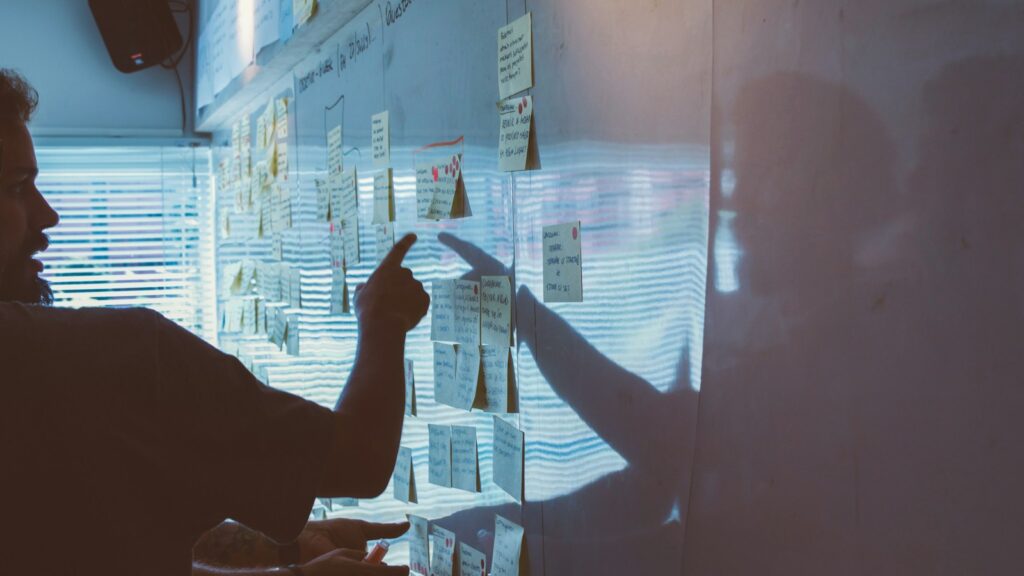Skillsoft’s 2025 Global Skills Intelligence Survey found that while 85% of organisations run development programmes, only 6% describe them as ‘outstanding’. Worryingly, just 12% of employees say they apply new skills learned from training provided by their employers.
That should be a wake-up call.
How we learn and, more importantly, how we apply learning in real-world contexts is not a one-size-fits-all process. Nor is it something that can be solved with gimmicks.
Good training can be transformational, pushing people further than they believed possible. However, for training to land effectively and make lasting changes, we must recognise that people learn in different ways and at different paces, with self-awareness at the heart.
Gamification, for example, may motivate some learners and be brilliantly effective. For others, it may be distracting or even alienating. We need to look beyond trends and focus instead on what makes learning practical, relevant and sustainable.
From learning to performance
Performance Learning is an approach that helps manage different learner needs. It has a few non-negotiable ingredients:
Clear outcomes
The best training starts by answering one simple question: What will I do differently as a result of this learning?
If that answer is vague, motivation suffers, and progress is hard to track.
When the outcomes are clear and specific, learners know what success looks like and can measure themselves against it. This clarity also helps line managers and L&D teams check whether the training is creating meaningful change.
Real-world application
Too often, training feels like it exists in a bubble: engaging in the moment but disconnected from the realities of day-to-day work. The antidote is to ground learning in real situations.
Instead of acting out contrived role plays, we encourage learners to bring real challenges into the room: a project that’s stuck, a stakeholder relationship that’s tense or a process that’s broken. Working through those issues makes the training immediately relevant and impactful.
Similarly, practising with live data, systems and collateral ensures that new skills don’t vanish at the threshold of the training room.
Embedding in ways of working
Learning isn’t finished when the workshop ends. The real test comes back at the shop floor (or the desk) when the learner has to put new skills into practice under pressure.
That’s why managers play such a critical role in embedding learning through coaching, feedback and thoughtful questioning. In these one-to-one conversations, managers can reinforce the learning, encourage reflection and help employees stay accountable.
When leaders model these behaviours themselves, the effect is multiplied.
Linking to business goals
Training that exists in isolation rarely sticks. Employees are more likely to engage when they see a direct connection between their own development and the organisation’s success.
According to the same Skillsoft report mentioned earlier, only 20% believe their strategies line up with business goals. Learners need to know that building a new skill will help deliver against a business priority – whether that’s improving customer experience, speeding up delivery or supporting a culture change. With this understanding, they will be more motivated to put in the effort.
For organisations, it also makes measuring ROI easier because the outcomes of learning can be tied to strategic objectives.
Engagement with purpose
Of course, training still needs to be engaging – no one learns effectively when they’re bored.
Gamification, group activities and creative methods can bring energy and participation into the room. But these tools are only effective when they are relevant to the learner’s role.
A well-designed simulation or case study can be a powerful way to encourage creative problem-solving. But the debrief must connect the experience directly to real-world performance.
Engagement for its own sake quickly drifts into gimmickry; engagement with purpose creates lasting impact.
Embedding self-awareness
Learning that lasts doesn’t just come from new knowledge or skills; it comes from understanding ourselves in the process.
When learners develop self-awareness, they can identify their natural strengths, blind spots and default patterns of behaviour. This creates a foundation for change. People begin to see not only what they need to do differently, but why it matters and how it connects to their own habits.
Self-awareness is at the heart of everything we do at Insights. it gives people the time and tools to reflect, notice their progress, and adjust in real time. When employees understand their personal impact and preferences, they’re better equipped to flex, apply new skills and sustain the changes.
Building in reflection and growth
The basics also matter. These include:
- Balancing reflection with action
- Creating space for both individual and collective thought
- Allowing time for learners to practice and build new skills gradually
It’s tempting for people to lean on preference as an excuse. But that kind of thinking is limiting. Growth comes when we flex into areas that stretch us, not just those that feel comfortable.
Unlocking potential
At the end of the day, effective training is about authenticity, relevance, and embedding learning into our work rhythm. When we get that right, we don’t just deliver programmes – we unlock potential.








